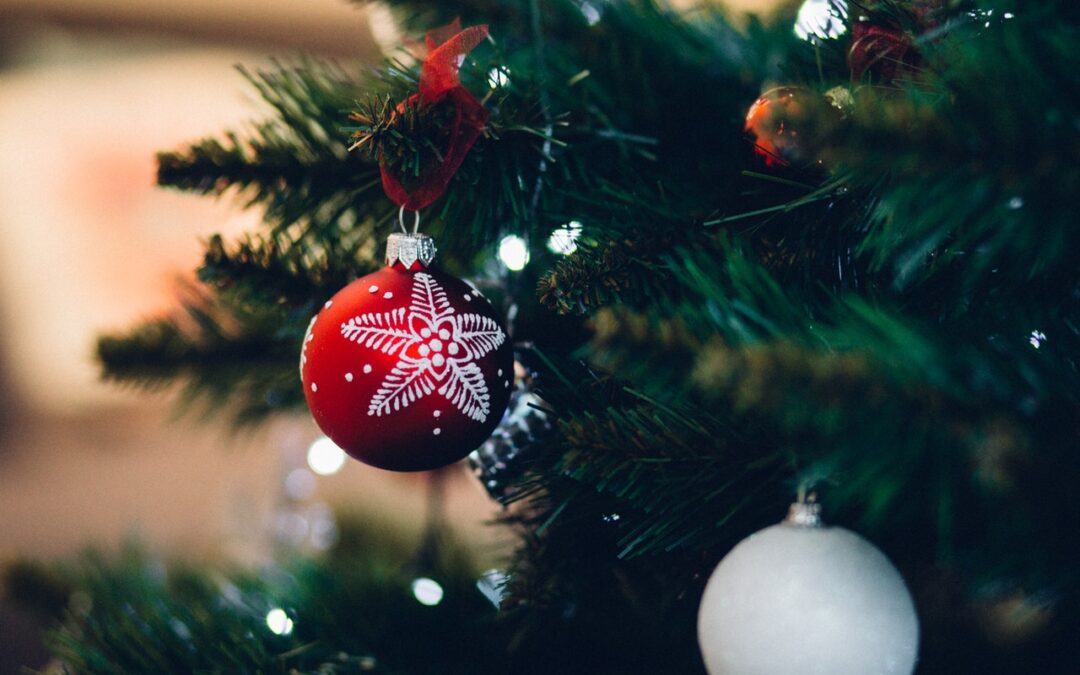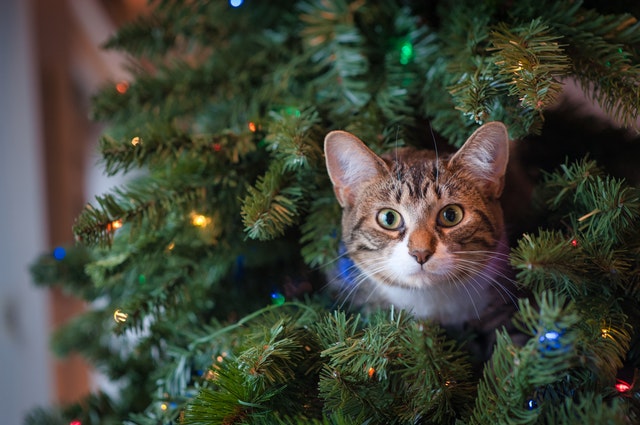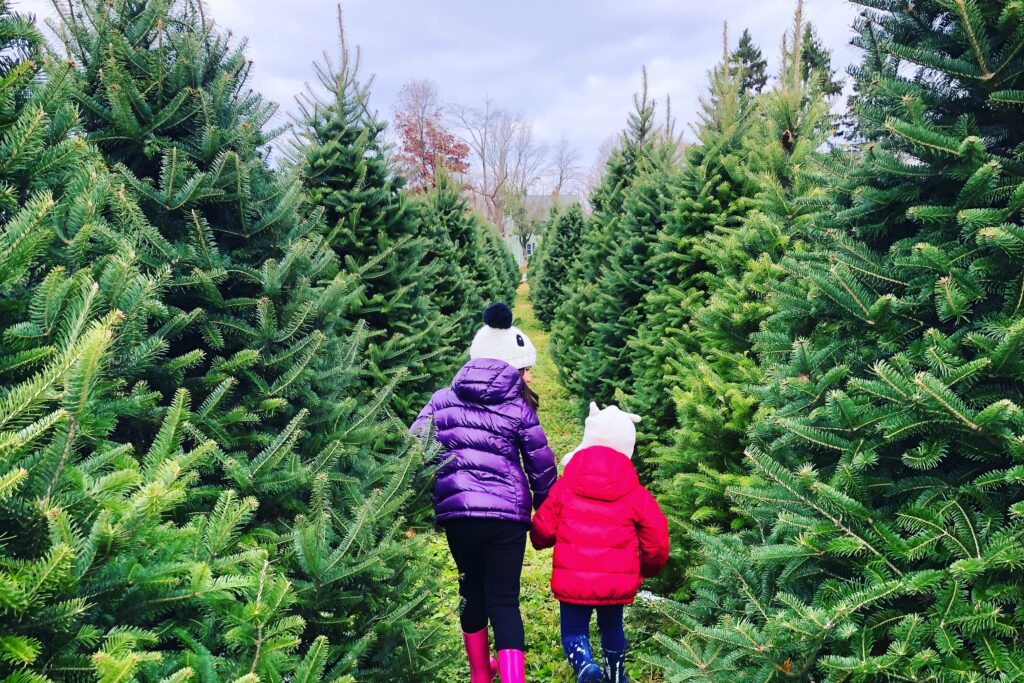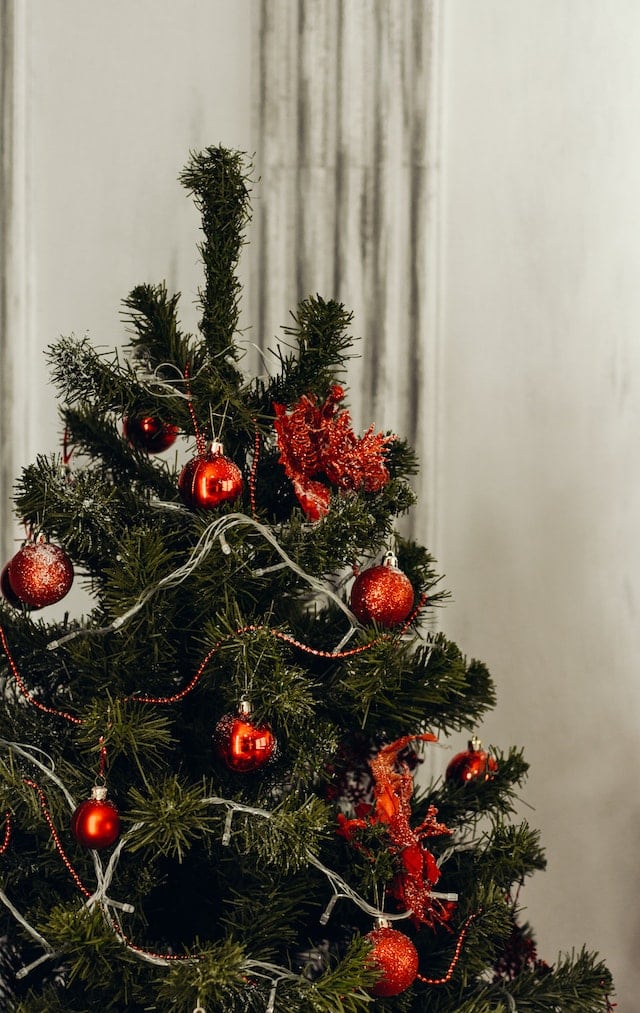| Getting your Trinity Audio player ready... |
Great Christmas tree decor starts with the right Christmas tree. While there are some good-looking artificial Christmas tree options available, we think that a real live Christmas tree is hard to beat, both for its looks and that wonderful Christmas scent that no amount of artificial air fresheners or scented candles can quite replicate.
When choosing a live Christmas tree – a trip that can be a wonderful experience in itself – there are certain things you should look for to help you find the right tree for your home and your holiday decorating plans. Here is a closer look at some of them.
Measure Your Available Space
Before you visit the tree farm or local Christmas tree lot, be sure to measure the room in which you plan to put your tree. Of course, you should measure the height of your ceiling, and add an extra 12 to 18 inches for the tree stand at the bottom and a star or angel on top. But don’t forget to measure the width of the space. If your space is limited, and you need to squeeze a tree into a corner, choose a narrower tree variety. Be aware that outside at the tree farm, a tree might not look as big as it truly is. Stick to your measurements!
Do a Freshness Check
Many pre-cut Christmas trees have been sitting on a truck for a week or more before they make it to your local Christmas tree vendor. When a tree has been cut for too long, it dries out and will lose its needles more quickly. So, check for freshness when choosing a tree. Run your hand across a branch. If the needles come off easily, the tree may not last until Christmas. Also, bend a branch and see if it snaps back. If it doesn’t, the tree may already be fading.
Shake It About a Bit
Before you commit to a tree, give it a really good shake or bang the trunk onto the ground several times. If needles cascade off, you know it’s too dry. If your tree has already passed muster and you’re about to bring it indoors, give it another shake to shed any loose needles before you bring it into your house.
Understand Live Christmas Tree Species Differences
Some species of Christmas trees have sturdier branches than others. If you have a lot of heavy ornaments, you’ll want a tree with more robust branches, like a Frasier fir or Colorado blue spruce. If your ornaments are lighter, you can go with a variety that has softer needles, and a bit more flexible branches, like a balsam fir.
Blue Spruce
The Colorado blue spruce is so named for the bluish color of its needles. It is often sold as a living tree, which can be planted outside after the holidays. Once the tree’s been cut, however, the needles fall off relatively quickly. Still, the blue spruce has a nice pyramid shape with strong branches that can hold heavy ornaments.
Douglas Fir
The Douglas fir is one of the most common Christmas tree types sold in the United States. It has soft, shiny needles that grow on all sides of its branches. The tree grows very symmetrically and it is particularly full. But if the branches have been sheared, it can become too full (and difficult to decorate). For the sweet aroma alone, this evergreen is worth considering.
Balsam Fir
The balsam fir has two-toned needles that are dark green on top, silver underneath. Its symmetrical shape and evergreen smell make it a wonderful live Christmas tree. Be aware, however, that balsam fir trees have flexible branches—not the best choice for heavier ornaments. But the needles will last for a long time, so if you like to put your tree up the day after Thanksgiving, this could be your best best.
Fraser Fir
The Fraser fir is famed for its amazing scent. It also has a delightful shape and holds its needles well, even after cutting (assuming it’s well watered). The needles are a silvery-green color, about one inch long, and softer than those of many other evergreens. Its sturdy branches are able to hold heavier ornaments.
Scots Pine
The Scots pine is known for holding its needles, even after becoming dry. Those needles are sharp, though, so beware while decorating! If the tree has been sheared for shaping, the branches may be very close together, making it even more difficult to decorate. The dark green needles of the Scots pine are from one to three inches in length, and its branches are sturdy and suitable for ornaments of all weights and sizes.
Christmas Tree Care Tips
Once you find that perfect tree and head home, you’ll need to be prepared for the fact that you’ll need to care for it for about the next month or so at least. You will also need to have a plan for protecting your home, especially your floors, from the mess that a live Christmas tree can create. To help you do all of that here are some of my top tips for live Christmas tree care.
- Before you head out to choose your real Christmas tree prepare the area where you intend to install it. Place a blanket or old sheet, folded in quarters on the floor. Then taking a plastic sheet, maybe even a festive plastic tablecloth, cover the blanket completely. This is also a good time to place a bathmat or something similar near the door you intend to bring the tree in through (more about this in a moment).
- Once you have chosen your tree and arrived home with it take a minute while still outside to gently shake the tree to allow it to shed any very loose needles, meaning that such things will not drop as you carry the tree across your hardwood floors where they might be trodden on and scratch your floor.
- Now it’s time to explain that bathmat. Place the base of the Christmas tree onto the mat and then drag the mat across the floor (holding onto the tree of course). Doing this means that fewer needles will fall and you won’t drop the tree!
- Finally, once you have the tree in it’s stand use a pitcher to fill the base with water. You can then cover the blankets and plastic with a more decorative tree skirt.
- This set up also makes tree removal cleaner and easier once the Christmas season is over. Drain the water from the tree stand and then, taking the corners of the blanket drag the whole setup, tree, stand, blankets and tablecloth, over to the door and then you can dismantle everything outside where the mess won’t matter.
Dealing with Accidents
Even the best laid plans do not always work out. If an accident does happen it may not be the end of the world, as long as you act quickly:
Removing tree sap from a hardwood floor
In order to remove Christmas tree sap from a finished hardwood floor apply some non-diluted Murphy’s Oil Soap with a mop to the affected area. Allow to sit for fifteen minutes and then scrub gently with a soft brush before rinsing with a clean, very slightly damp cloth.
Removing water stains from hardwood
If water does leak from the Christmas tree stand it is possible that when you remove the tree you will discover that the moisture has seeped into the wood and has left a dark stain behind. It looks dreadful but it can be dealt with.
To begin with, you will need a few sheets of #150-grit sandpaper and a piece of #0000 steel wool. Using the sandpaper gently begin removing the finish over the stain moving the sandpaper in the direction of the wood grain. You will then need to begin gently sanding the stain away itself.
Once the stain is gone – or lightened as much as possible – feather the edges around the stained area with #0000 steel wool. Remove the sanding dust with a dry, lint free cloth and then reseal the area with a light varnish (it may take a few coats to match the rest of the floor) Once the new varnish is dry, feather around the edges again with the steel wool.
Need some extra help with your holiday decorating this year? Our Houston holiday decorating service is just the thing. We’ll come in and help you create a wonderful winter wonderland – a kid and pet safe one if needed – so you can focus on the most important things; family, friends and fun. If you are not in the Houston area but would still like a little pro advice to help you create a truly magical winter wonderland this year we will be happy to do so virtually!
- The Ultimate Guide to Organizing and Storing Pet Food (Without Sacrificing Your Home Style) - September 30, 2025
- 25+ Things You MUST Declutter When Selling Your Houston Home - September 25, 2025
- 7 Simple Steps to an Organized Underwear Drawer - September 23, 2025













